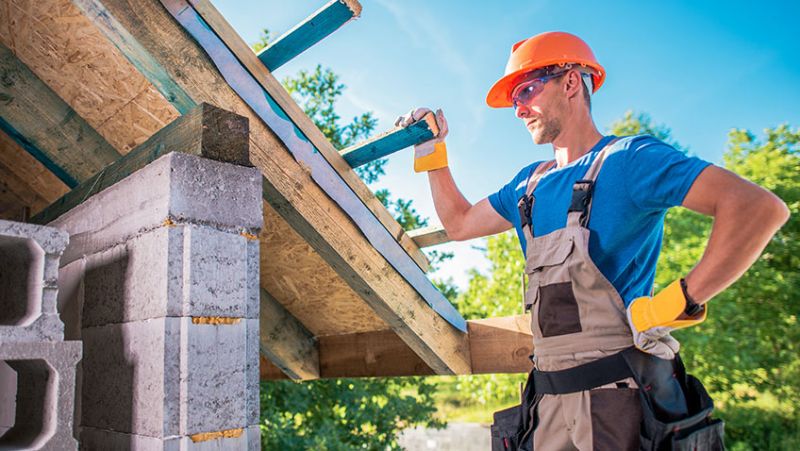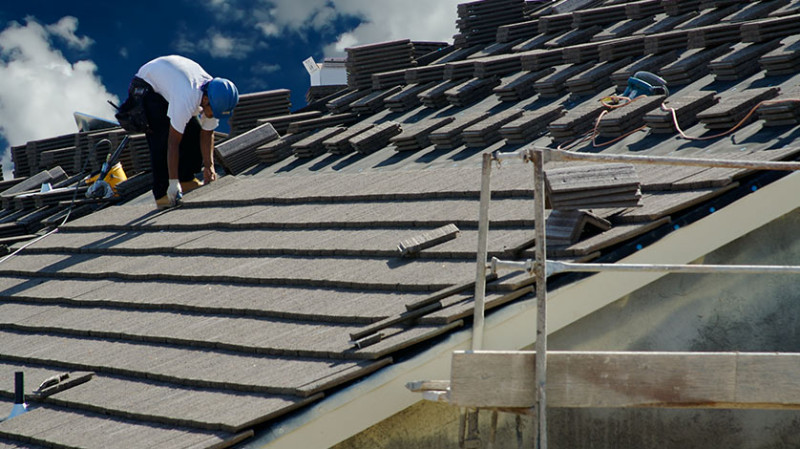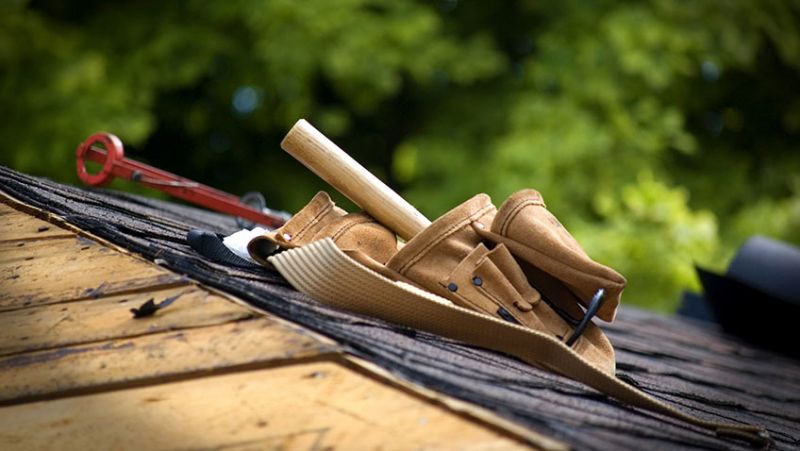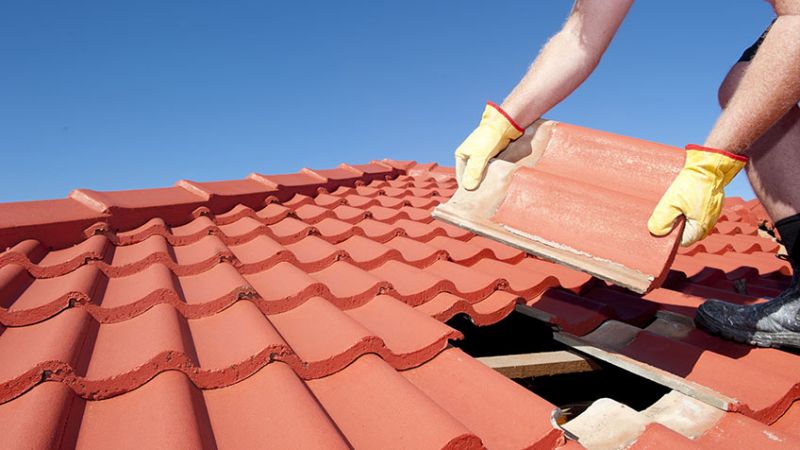
There are a lot of myths out there about roofing. In fact, most people don’t even know the basics of roofing and what is involved in the process. So today, we’re going to debunk the top 5 roofing myths that are commonly believed.
Roofing is expensive
Roofing is a significant investment, and it's important to get the most out of your money. However, there are a lot of misconceptions about roofing that can lead people to make decisions that end up costing them more in the long run. Here are some of the most common roofing myths, and the truth behind them.
One common myth is that roofing is expensive. While it's true that roofing can be a significant expense, the cost varies depending on a number of factors, including the size and type of roof. Another myth is that asphalt shingles are the only option for roofing. In reality, there are a variety of roofing materials available, each with its own benefits and drawbacks.
Asphalt shingles are a popular option because they're relatively inexpensive and easy to install, but they don't last as long as some of the other options. Metal roofs are more durable but may be more expensive, while slate or tile roofs can offer a timeless look but may be difficult to install. The truth is that there is no one "best" roofing material, and the right choice depends on a number of factors, including cost, durability, and aesthetic considerations.
Roofs are indestructible
Another common myth about roofing is that roofs are indestructible and will last forever without any maintenance or repair. However, this is not true. Roofs are subject to wear and tear over time, and they will eventually need to be replaced. Regular maintenance and repair can help extend the lifespan of a roof, but it is not possible to completely avoid replacement.
It is better to wait for a major problem
Many people believe that it is better to wait for a major problem to occur before addressing it. However, this is often not the best course of action when it comes to roofing. Small problems can quickly become big if they are not addressed in a timely manner, so it is always best to address any issues as soon as they arise.
You need a professional to install a roof
You might think that you need a professional to install a roof, but that's one of the top roofing myths out there. In fact, you can easily install a roof yourself with the help of some friends or family members. You'll just need to make sure that you have the right tools and materials. And, of course, it's always a good idea to consult with a professional before undertaking any major home improvement project. But don't let the fear of doing it yourself hold you back from taking care of your roof. With a little bit of know-how, you can easily install a new roof that will protect your home for years to come.
All roofs are the same
In fact, there are many different types of roofs, each with its own advantages and disadvantages. As a result, it's important to choose the right roof for your home or business. Otherwise, you could end up with a roof that leaks or is otherwise inefficient. To help you make the best decision, here are some important facts about three of the most common types of roofs:
Asphalt shingles: Asphalt shingles are one of the most popular types of roofing material. They're relatively inexpensive and easy to install, and they offer good protection against wind and water damage. However, they're not as durable as some other options, and they can be susceptible to mold and mildew growth.
Metal roofs: Metal roofs are becoming increasingly popular due to their durability and fire resistance. They're also energy-efficient, reflecting heat away from your home or business during the summer months. However, metal roofs can be expensive to install, and they're not always the best choice for homes in areas with heavy snowfall.
Tile roofs: Tile roofs have been used for centuries, and they're known for their durability and longevity. Tile roofs can last for decades with proper care, and they offer excellent protection against both wind and water damage. However, tile roofs can be expensive to install, and they're not always the best choice for homes in areas with heavy snowfall or rainfall.
A new roof will solve all your problems
This is simply not true. A new roof may solve some immediate problems, but it will not address underlying issues such as poor insulation or an inadequate ventilation system. In addition, a new roof will not magically improve the energy efficiency of your home. If you're hoping for a complete solution to your energy woes, you'll need to take a holistic approach that includes upgrading your insulation, sealing air leaks, and investing in energy-efficient appliances and lighting.



